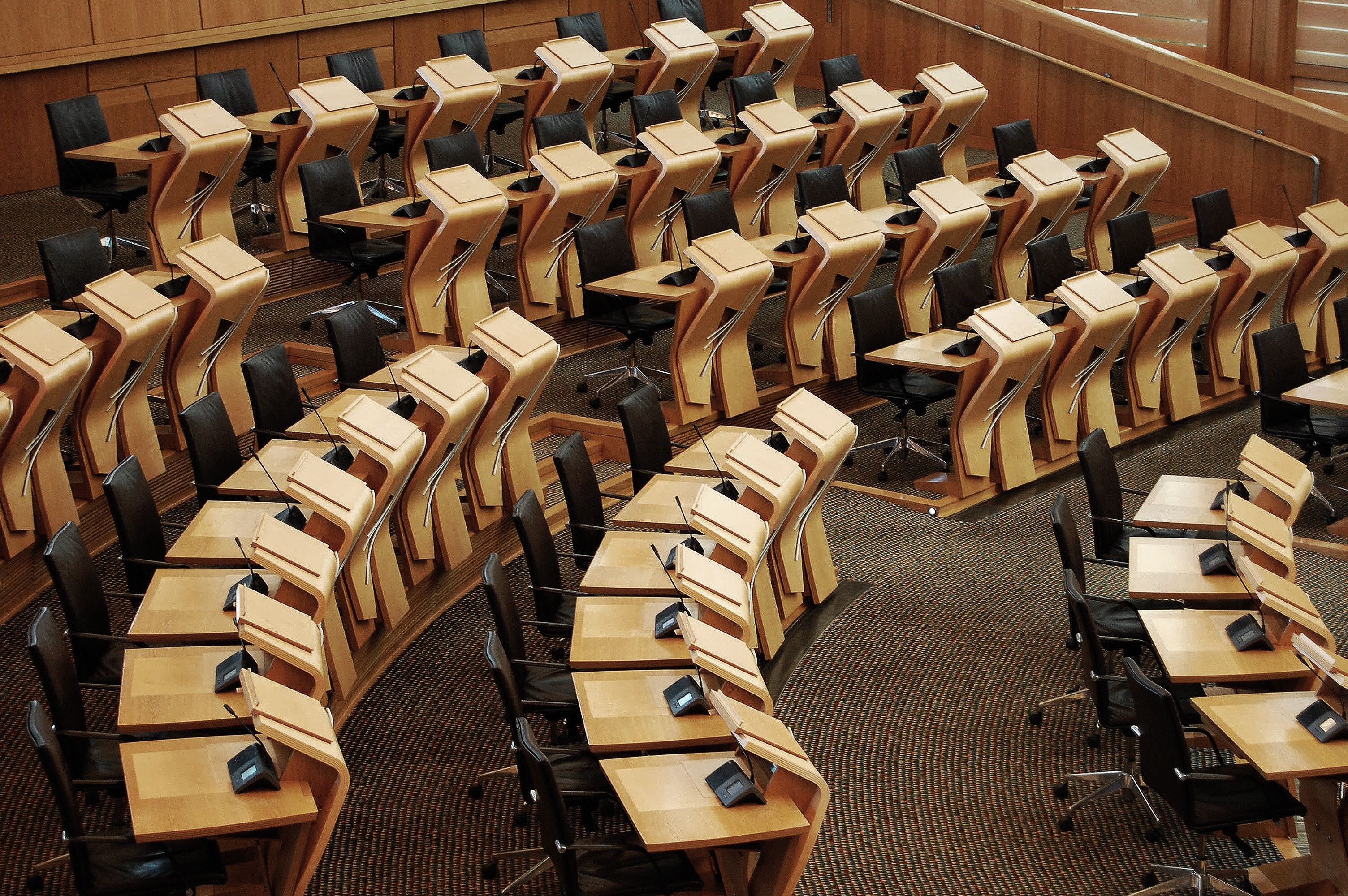Increase the active travel budget to at least £320m, maintain this level of funding and support local authorities to deliver it
The Scottish Government should increase active travel and transform the places where people live and work. Active travel spending should increase to 10% of the transport budget or at least £320m per year. This level of investment should be maintained or further increased beyond 2030. Crucially, the Scottish Government also needs to support local authorities to deliver the projects and infrastructure needed, following issues with capacity and resources to do this.
Walking, wheeling and cycling must be safe, convenient choices for everyone, everywhere. Our unsustainable transport system inflicts major health problems on the rest of society. But with a quarter of all car trips under two miles, and 59% under five miles, there is a massive opportunity to shift people to emission-free, healthy transport modes.
Research shows that walking or cycling can realistically substitute for 41% of short car trips. This means that walking and cycling can quickly offer a 5% reduction in carbon emissions, rising to 12% by 2030 in combination with multi-modal journeys including public transport.
This approach also provides other public benefits, including:
- health benefits from physical activity and casualty reduction which are positive in themselves, but also delivers savings to the NHS
- potential for economic benefits, especially through city-centre transformations
- potential to reduce social inequalities associated with vehicle ownership
- active travel infrastructure and urban realm improvements includes the opportunity to improve access for disabled people, such as wheelchair users
Both capital and resource funding are essential to enable people to cycle safely – resource funding pays for vital behaviour change projects, such as cycle training projects and widening equality of access. Transport for Quality of Life found that both revenue and capital funding is needed so that programmes provide value for money – evidence from projects shows that a 20-40% share on resource funding, was capable of delivering high value for money.
A further study found that successful programmes had a split of 70-80% capital to 20-30% resource funding. SCCS therefore urges the Scottish Government to ensure at least an 80:20 split in its Active Travel funding between capital investment and resource funds.
For further information:
ScotGov Budget 24/25: not what transport needs, SPOKES, January 2024, http://www.spokes.org.uk/2023/12/scotgov-budget-24-25-not-what-transport-needs/
Funding boost for cycling in tough Scottish Budget, Cycling UK, December 2023, https://www.cyclinguk.org/blog/funding-boost-cycling-tough-scottish-budget
New research highlighting benefits of active travel projects in Scotland published, Sustrans, June 2024 https://www.sustrans.org.uk/our-blog/news/2024/june/new-research-highlighting-benefits-of-active-travel-projects-in-scotland-published/

